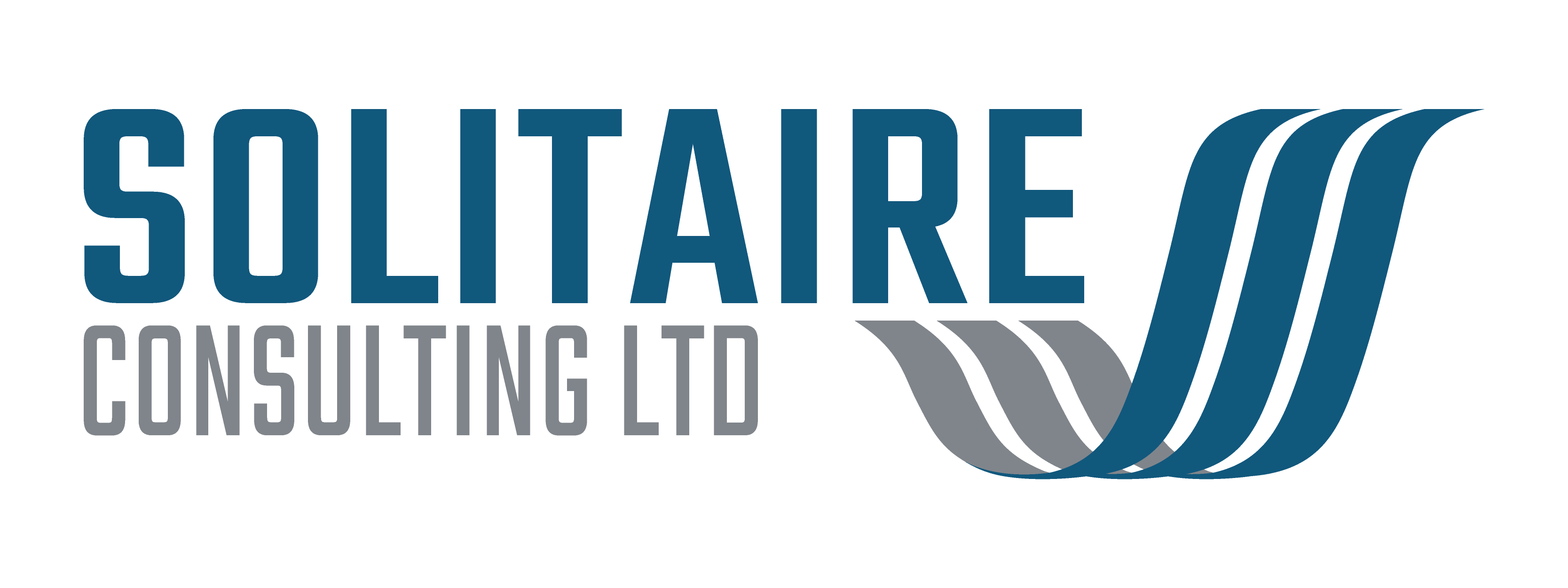(Image credit: pixabay.com)
This article comes from Solitaire Consulting Senior Consultant, Corrado Anderson MBA.
As a 30 year veteran of the technology and change management worlds, I have developed a healthy dose of cynicism when faced with revolutionary ideas or panaceas, doubly so if not supported by evidence.
A frequently misattributed quote states that if a lie is printed often enough it becomes truth, and if such a truth is repeated often enough it becomes belief (no, it was not said by Goebbels or Lenin, but by novelist Isa Blagden in the mid-1800s).
One such instance is the notion that creativity is enhanced by “thinking outside the box”, using unrestrained brainstorming.
Numerous interpretations of the origins of this box exist. The one I like to think is most pertinent is the “9 dot” puzzle which by now everyone recognises. It was used in the 1970s by psychologist J.P. Guilford in a study on creativity.
The idea is that participants are asked to connect all 9 dots using 4 contiguous straight lines. As is often the case, the (eventually obvious) solution is to let the lines spill “outside the box”.
Taking a metaphorical leap, the inference is that our thinking, if liberated from the constraints of the “box” becomes more open to novel ideas.

As an analogy this is reasonable as far as it goes but over the past 30 years or so it has grown from illustration, to advice, to prescription, to unassailable truth.
Brainstorming sessions invariably begin with instructions to “let thoughts be unconstrained”. People who “cannot think outside the box” are somehow perceived to be uncreative and shackled by preconception and bias.
And yet, there is no evidence to support this “truth”. Quite the contrary, a number of studies have demonstrated that creativity is enhanced by providing context and limitations. As demonstrated (Burnham & Davies, Alba & Weisberg), providing specific instructions to think outside the box (even specifying how that could be done) does not improve creativity, when using control groups.
The concept of brainstorming was first promoted in the 1960s by Alex Osborn (BBDO advertising agency), but when put systematically to the test in the 1980s and 90s it was found that a brainstorming group is less effective than individuals working alone; that the quality of the ideas generated by groups is lower, and that the ideal size of the group is just four. And there are valid reasons: “noise” interrupts individuals’ train of thought; free riders do not contribute to the task; members of the group have no idea if they are moving in the right direction.
When grappling with real world problems, it is better to focus on the specific problem we are addressing, and seek the assistance of professionals with experience in both the problem and the context.
Business professionals at any level who can shortcut many of the creative blind alleys that lie in wait at every brainstorming session, will be more productive than ones who rely on the randomness of unconstrained brainstorming.
When building the extension to your garage, it is wiser to employ someone familiar with building regulations and sourcing local materials and tradespeople than an unencumbered architect who may produce stunning visual effects!
If you have a business problem to solve that you can’t get to the root of, or an enthusiastic team to manage who need some structure, then give us a call. We may be able to help with some tools and techniques to help your thinking “inside the box”.






One Response
This article makes some very good points. Keith Sawyer’s excellent book on creativity emphasises “appropriateness” as well as novelty as measures of success. My own book devotes a whole chapter to panning Thinking Outside the Box and its ugly step sister Blue Sky Thinking. In many cases creative solutions are wholly inappropriate – a healthy dose of lean provides a great framework to improve processes even in service businesses. But polishing suffers from diminishing returns and external events can make our highly tuned systems irrelevant scarily quickly. This is where you need creativity, but even then studies show that nobody ever designed a radical innovation. For radical innovation you need to escape the “situated cognition” that otherwise drags you back to incrementalism – polishing what you already have. It requires a structured process of divergent (decontextualising) and convergent (grounding) thinking sometimes represented by a double diamond. But even divergent thinking is not directionless, but rather considering problems and solutions from as many perspectives as possible including outside the organisation – which comes back to your brainstorming observations. Diversity does add value at this point, but it needs to add perspectives rather than just people and each perspective needs to be equally valued to avoid the timid but knowledgeable being drowned out by the loud but vacuous. Here there are parallels with lean where those closest to the action are typically the most knowledgeable even if they are not senior.